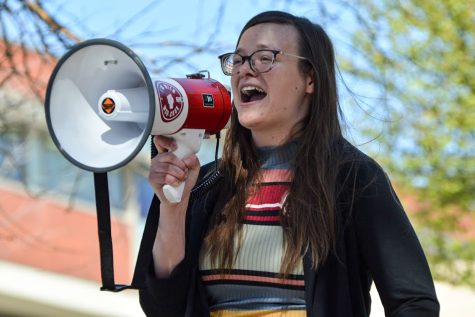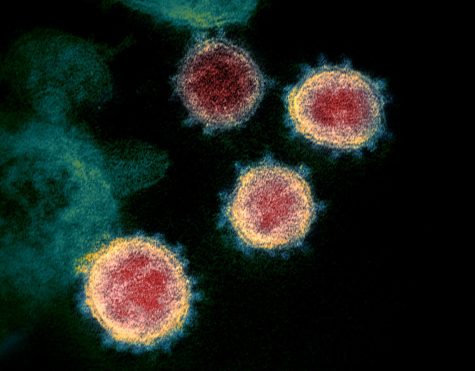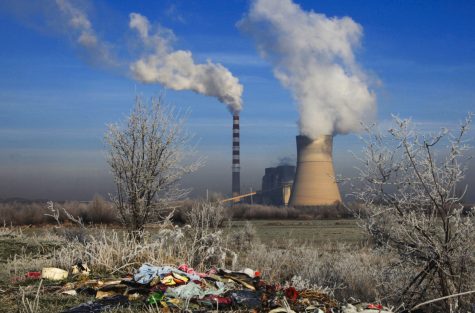Climate Change: Past, Present, and Future
September 29, 2015
Climate change is becoming an increasingly popular topic among scientists and laymen alike, but there has been much debate on whether or not the climate is changing and what climate change really is.
In 1859, John Tyndall, a man considered to be one of the top scientists of his time, conducted a series of experiments that began to demonstrate how the gasses in the atmosphere absorb and disperse heat.
Tyndall found that the gasses that make up the majority of the atmosphere, nitrogen and oxygen, allow infrared radiation to pass through them without absorbing any heat.
He also found that gasses occurring in trace quantities in the atmosphere such as carbon dioxide, nitrogen dioxide, methane, and even water, absorb infrared radiation and transfer it to the gasses around them that do not absorb infrared radiation, like nitrogen and oxygen.
In laymen’s terms, the gasses that are found in trace quantities are the reason that the atmosphere is not much colder. So, it’s good to have some carbon dioxide in the atmosphere, but too much can warm the Earth past what has been seen in the last 800,000 years.
In 1988, the Intergovernmental Panel on Climate Change (IPCC) was established by the UN for the purpose of gathering scientific data on climate, interpreting it and concisely presenting it to the public to help in decision making processes.
When the IPCC first started its task of evaluating the climate, the reports in 1990 announced that the global climate was increasing in temperature and carbon dioxide, but that it was still possible to slow the changes so that drastic effects weren’t felt globally.
Five studies later and the IPCC now states that the climate is definitely changing with a clear warming trend evident globally. The IPCC also states that the causes for this climate change are anthropogenic, and that natural and man-made systems are changing and will continue to change.
It has been shown through the study of soil and ice cores that before the first Industrial Revolution, the average level of carbon dioxide in the atmosphere averaged around 250 parts per million (ppm) for the last 800,000 years.
Current carbon dioxide levels are around 400 ppm and are still increasing. Looking into the future there are projections of drastic changes if we continue to emit carbon dioxide at an increasing rate, but the projections that take into account society reducing emissions and working towards a more balanced relationship with the Earth, show that it’s possible to still maintain most of the climate as we know it today.
A lot of climate systems are interacting with themselves creating positive feedback loops in the system that allow a process to continue once started unless major action is taken to change it. An example of this is the melting of ice.
As ice melts, the surface it covered reflects less solar radiation back to space. This warms the area more than if it was still covered in ice, melting surrounding areas of ice faster. The cycle continues to spread with no checks in place to stop this feedback loop.
It is important to note that even if we stop all actions that are known to change the climate right now, the Earth will still continue warming, fueled by the results of previous human actions. At this point it is certain that the climate of the future will not mirror the climate of the past.
The choice is up to us to decide how sustainable we want our future to be and what changes we are willing to make to preserve the quality of life we enjoy for future generations.
The opinions expressed in this Column are not necessarily those of the staff of The Daily Evergreen or those of The Office of Student Media.





















